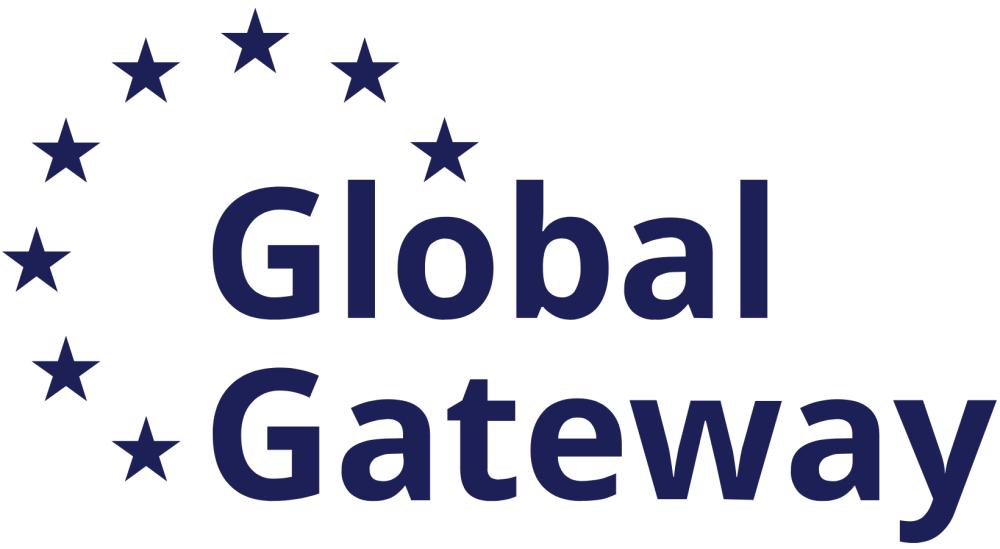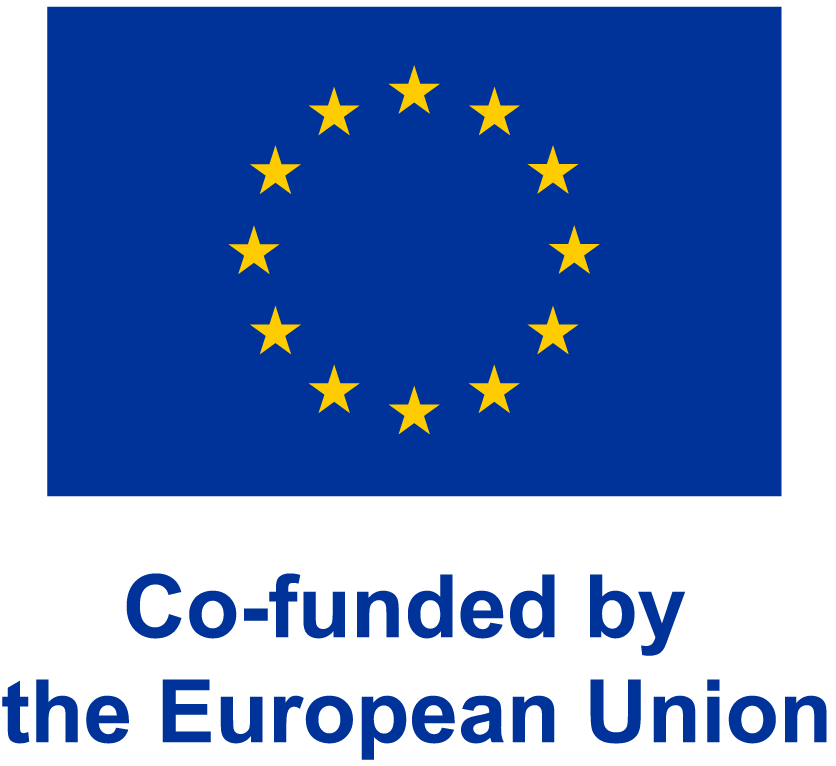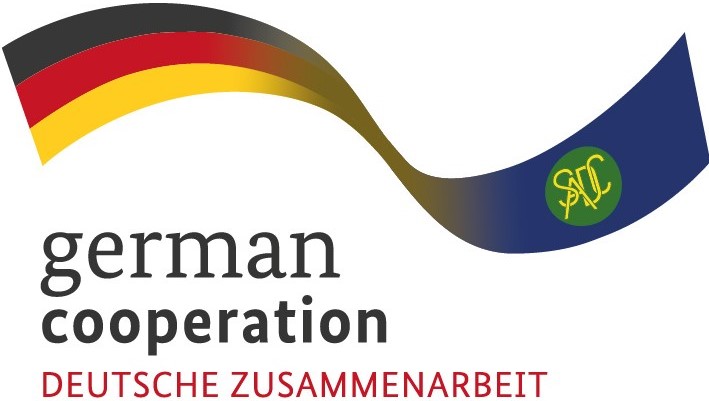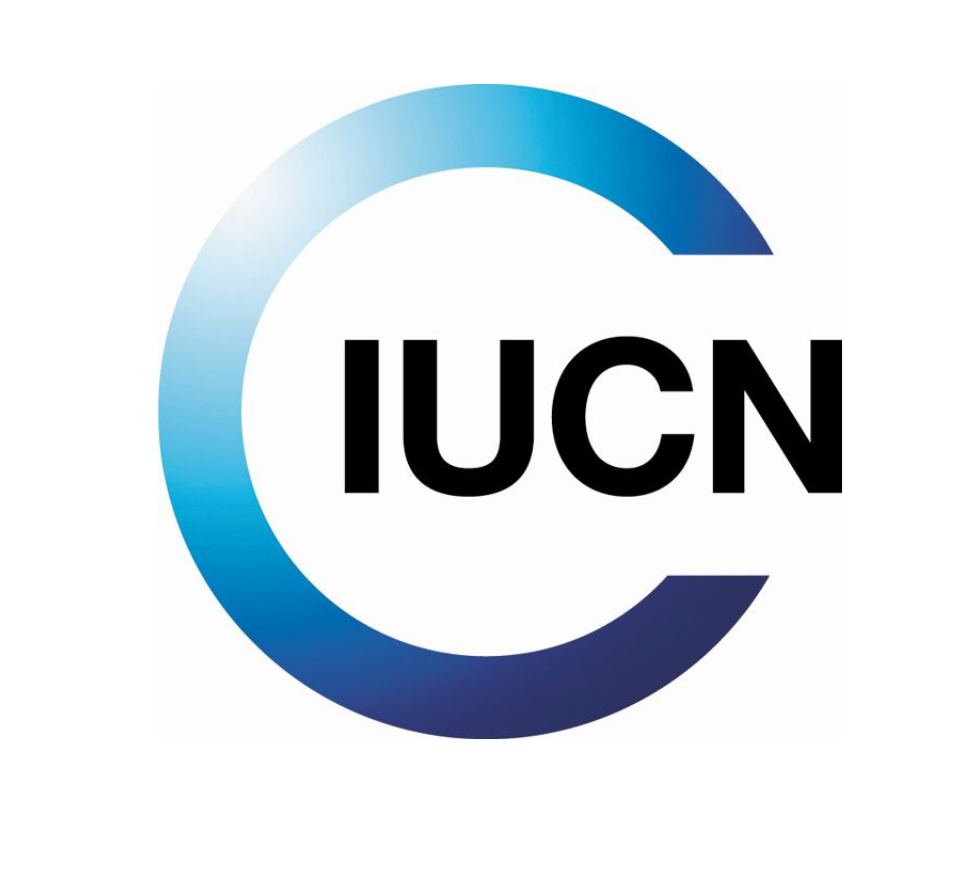 Translate
Translate
Recently Added
Zimbabwe Parks and Wildlife Amendment Act, 2024
Governance / Policy documents
Zimbabwe Government, 3 December 2025
The Parks and Wildlife Amendment Act, 2024 introduces significant changes to the Parks and Wildlife Act [Chapter 20:14] in Zimbabwe. Below is a summary of the key amendments:
Definitions and Interpretations: New terms such as "captive wild animal," "consumptive tourism," "non-consumptive tourism," "wildlife professional," and "precautionary principle" are introduced. Definitions for terms like "animal," "alienated land," "appropriate authority," "fish," "plant," and "wildlife" are updated.
Wildlife Conservation Principles: The Act emphasizes sustainable utilization, community participation, gender equality, adaptive management, and transboundary cooperation in wildlife conservation.
Ownership of Wildlife: Clarifies ownership rules for wild animals, including provisions for exotic animals, specially protected animals, and animals on alienated land.
Human-Wildlife Conflict Relief Fund: Establishes a fund to provide monetary relief to victims of human-wildlife conflict, funded by quotas, levies, and parliamentary appropriations.
Wildlife Professionals Council: Creates a regulatory body to oversee wildlife professionals, enforce ethical codes, and maintain professional standards.
Donation of Wildlife: Introduces regulations for donating wildlife, including approval processes, assessments, and fees.
Trafficking in Wildlife: Criminalizes the illegal sale, purchase, import, or export of wildlife, trophies, or derivatives, with penalties for violations.
Animal Welfare: Establishes guidelines for humane treatment of wildlife and allows inspections to ensure compliance.
Problem Animals: Defines "problem animals" and outlines measures for their management, including translocation, euthanasia, and containment.
Trapping of Animals: Repeals the Trapping of Animals Control Act and introduces new regulations for the classification, use, and control of traps, including penalties for violations.
Quelea Control: Repeals the Quelea Control Act and introduces new provisions for managing quelea birds, including reporting, destruction, and control measures.
Park Rangers: Defines roles and responsibilities for park rangers and honorary park rangers, including their powers, uniforms, and protection of Authority property.
Quotas and Hunting Regulations: Establishes rules for determining and allocating quotas for consumptive wildlife activities and penalties for overconsumption.
Land Donations and Conservancies: Allows private and communal landowners to donate or designate land as part of the Parks and Wildlife Estate or community conservancies.
Mining Restrictions: Restricts prospecting and mining activities in protected areas, requiring presidential and ministerial approval.
Transfrontier Conservation Areas (TFCA): Provides a framework for establishing cross-border conservation areas with neighboring countries.
International Cooperation: Promotes collaboration with other countries and organizations for wildlife conservation and management.
Increased Penalties: Raises fines and imprisonment terms for various wildlife-related offences.
Repeals and Updates: Repeals outdated schedules and acts, including the Quelea Control Act and Trapping of Animals Control Act, and updates several schedules to reflect new boundaries and classifications.
Administrative Changes: Revises the composition and functions of the Parks and Wildlife Management Authority Board, introduces virtual meetings, and updates procedures for appeals, permits, and regulations.
The amendments aim to modernize wildlife conservation and management, enhance community involvement, address human-wildlife conflict, and strengthen penalties for illegal activities.
More
BEYOND TOURISM: ASSESSING THE VIABILITY OF COMMUNITY-BASED NATURAL RESOURCE ENTERPRISES IN AFRICA
Community development / Tools
Christo Fabricius, Bianca Currie, Monicah Mbiba, Herbert Ntuli, 26 November 2025
The aim was to assess the long term financial, social and ecological viability of community-based enterprises, beyond tourism and hunting, and to develop decision support tools to enable their proactive evaluation.
More
AFRICAN LEADERS GABORONE DECLARATION ON BIODIVERSITY
Conservation / Policy documents
AU and Member States, 7 November 2025
On 2nd to 5th November the African Union and Government of Botswana convened the First African Biodiversity Summit and Conference of the Parties to the Maputo 2003 Convention on African Biodiversity in Gaborone. This is the Declaration agreed by the countries present.
More
Madagascar Ministers reaffirm commitment towards the establishment of a marine TFCA
Meeting Report / Meeting Report
Rabson Dhlodlho, Steve Collins, Rorly Sherwen, Salifou Siddo, Colum Zhuwau, 13 October 2025
Southern African Development Community (SADC) Food, Agriculture and Natural Resources (FANR) Directorate is, through the support of the Joint Action NaturAfrica/Climate Resilience and Natural Resource Management (C-NRM) Programme - a partnership programme between Southern African Development Community (SADC), the European Union (EU) and the German Government, implemented by Deutsche Gesellschaft für Internationale Zusammenarbeit (GIZ) organising National Dialogues aimed at raising awareness on the SADC TFCA programme and the various natural resources management and tourism related policies and frameworks that were recently approved by the joint committee of Ministers responsible for natural resources and tourism. The latest National Dialogue was organised for Madagascar from the 3rd to the 4th of September 2025 in Antananarivo.
More
The Natural Resource Governance Framework
Governance / Tools
Jenny Springer, Jessica Campese and Barbara Nakangu, 6 October 2025
Governance is a critical determinant of the social equity, effectiveness and sustainability of natural resource use and conservation. Improving natural resource governance, including securing rights and sharing power and responsibilities, benefits both people and nature. Despite this, governance remains relatively poorly understood and weakly addressed in many natural resource and conservation contexts. The Natural Resource Governance Framework (NRGF) is an IUCN knowledge product created to provide a robust, inclusive and credible approach to assessing and improving natural resource governance at multiple levels and in diverse contexts. This publication presents the NRGF as it has been developed to date through a robust and inclusive process involving IUCN experts, Members and partners.
More
Natural Resource Governance Tool, Version 2
Conservation / Strategy and guides
Detoeuf, D.; Wieland, M.; Cowles, P.; Wilkie, D., 6 October 2025
This second version incorporates: a) improved understanding of the power to govern and the addition of diversity as a sub-attribute of authority, b) updated data collection and data management methods using KoboToolBox on tablet computers, and c) revision of the survey instrument to use Likert scale responses. Each of these changes were informed by extensive field experience of implementing Version 1 of the Natural Resources Governance Tool (NRGT) in Central Africa and other locations around the world.
More
Enhancing climate change mitigation in protected areas - IUCN
Climate Change / Strategy and guides
Risa B. Smith, Anouska Kinahan, Toni Lyn Morelli, Clarissa Samson, Shane Orchard, Megan Critchley, Ben Lucas, Zhilang Zhu, Neal Pastick, Aminur Rahman, Olga Laiza Kupika, Jon Day, Tim Healy, Sara Weiskopf, Maria Isabel Arce-Plata, Jaime Burbano-Girón, Kadambari Devarajan, Shannon Dickey, Elizabeth A. Fulton, Hamed Gholizadeh, Tobi A. Oke, Gretta Pecl, Darren J. Ranco, Annika Keely, Madeleine Ankenman, Thomas P. Mommsen., 2 October 2025
The World Commission on Protected Areas (WPCA) has long recognised the importance
of biodiversity and climate change as dual crises that can only be effectively addressed by
managing for both. It is this nexus that creates the imperative to include climate change
mitigation into PCA management and policy – the subject of this technical report.
More
Southern African Wildlife College Hosts a SADC TFCA Peer-to-Peer Learning Exchange in the Great Limpopo TFCA
Meeting Report / Meeting Report
SADC Secretariat, GIZ, SAWC, ALU-SOWC, AWEI, 29 September 2025
The Southern African Wildlife College (SAWC), in partnership with the African Leadership University – School of Wildlife Conservation (ALU-SOWC) and the African Wildlife Economy Institute (AWEI) of Stellenbosch University, hosted a SADC Transfrontier Conservation Area (TFCA) Peer-to-Peer Learning Exchange on Wildlife-Based Economy (WBE) and Livelihoods from 31 August to 6 September 2025 in the South African component of the Great Limpopo TFCA (GLTFCA).
The event was supported by the Joint Action NaturAfrica/Climate Resilience and Natural Resource Management (C-NRM) Programme—a partnership between SADC, the European Union, and the German Government, implemented by the Deutsche Gesellschaft für Internationale Zusammenarbeit (GIZ).
The 5-day exchange convened 25 participants (11 women and 13 men) from 12 TFCAs across the SADC region, representing communities, government agencies, NGOs, academia, and the private sector. The programme sought to unlock the potential of wildlife economies as drivers of livelihood improvement, regional prosperity, and sustainable development
Background: The SADC Wildlife-Based Economy
SADC, a Regional Economic Community of 16 Member States, enshrines sustainable natural resource utilisation in its Treaty (1992). Under the Regional Indicative Strategic Development Plan (RISDP 2020–2030), sustainable biodiversity use is a core strategic priority.
The SADC Wildlife-Based Economy Strategic Framework (WBESF) defines WBE as using freshwater, marine, and terrestrial biodiversity as an economic asset to generate value while conserving ecosystems. It spans consumptive and non-consumptive uses, anchored in competitive, innovative, and sustainable value chains.
The sector already contributes an estimated USD 33.9 billion (2018) and USD 31.5 billion (2019) to the region’s GDP, with projections suggesting potential expansion to nearly USD 158 billion by 2032 if adequately invested in.
Strategic priorities of the WBESF include:
• Developing competitive, innovative value chains.
• Driving inclusive socio-economic growth, prioritising women, youth, and communities.
•Aligning governance and policy for cooperative implementation.
• Achieving global recognition for sustainable biodiversity-based economies.
This exchange was a practical demonstration of how these priorities can be advanced through peer learning, capacity-building, and joint action.
Exchange Highlights
The exchange combined plenary sessions, field immersions, and a Sustainable Finance Bootcamp:
• Community Enterprises: SANParks, Kruger 2 Canyons Biosphere Reserve (K2C), and the Timbavati Foundation showcased models linking conservation to livelihoods through eco-tourism, bioprospecting, meat processing, and leather value chains.
• Creative & Circular Economies: Partnerships with The Leather Alchemist and Kulani Collective illustrated how wildlife by-products can power creative industries and generate jobs for youth and women.
• Bioprospecting Innovations: The Baobab Foundation and African Caribbean Aloe Products highlighted how indigenous plants and cultural knowledge can be turned into sustainable export products while protecting biodiversity.
• Finance & Investment Readiness: The Sustainable Finance Coalition guided participants in developing bankable proposals, equipping them to secure long-term financing and move away from donor dependency.
Key Lessons Learned
Closing reflections emphasized that the Wildlife-Based Economy is a practical pathway for conservation, livelihoods, and regional integration
Participants highlighted:
• Community-driven approaches are central to success.
• Finance and partnerships are critical for scale.
• Capacity gaps remain in business planning, innovation, and investment readiness.
• Policy frameworks and safeguards (tenure, benefit-sharing, certification) must be strengthened.
• Mindset shift is needed—from donor dependency to viable, community-led enterprises with clear business models.
Way Forward
Looking ahead, SADC and partners agreed to build on the momentum by:
• Establishing a TFCA Community of Practice (CoP): A regional platform to exchange knowledge, support enterprises, and anchor WBE into SADC structures (via the WBE Technical Implementation Group).
• Designing a Practical WBE Community Model: Piloting scalable approaches that integrate conservation, enterprise development, finance, and benefit-sharing.
• Addressing Policy Gaps: Mapping and harmonising policies on land tenure, benefit-sharing, and market access to enable enterprise growth.
• Scaling Through Regional Projects: Leveraging facilities such as the SADC TFCA Financing Facility and linking to global mechanisms like biodiversity credits, PES, and carbon markets.
• Strengthening Partnerships: With GIZ, EU, academia, and the private sector to drive investment, training, and sustainability.
These steps will ensure that wildlife-based economies remain people-centered, innovative, and sustainable, while positioning Southern Africa as a global leader in biodiversity-based livelihoods and conservation-driven development.
Conclusion
The Peer-to-Peer Learning Exchange not only deepened understanding of wildlife-based enterprises but also charted a path forward for regional cooperation, enterprise development, and policy harmonisation. As SADC noted in its closing, this is “not the end of our journey, but the beginning of a stronger, more coordinated effort to unlock the potential of wildlife-based economies for conservation and livelihoods”
More
Assessment of the source regions of the Zambezi River: implications for regional water security
Water and River Basins / Research
Mauro Lourenc, Rutledge S. Boyes, Fenton P. D. Cotterill, Tyrel Flügel, Frank C. Nyoni, Goabaone J. Ramatlapeng, and Rainer von Brandis, 26 September 2025
Study Overview
The study conducted by The Wilderness Project, National Geographic Okavango Wilderness Project, and Wild Bird Trust is the first comprehensive scientific assessment of the Zambezi River's source regions.
It highlights the overlooked contribution of the Angolan Highlands Water Tower (AHWT) to the Zambezi River's hydrology, water quality, and ecosystem services.
More
SADC Disaster Risk Reduction Management Strategy and Action Plan
Climate Change / Strategy and guides
SADC, 25 September 2025
The SADC Disaster Risk Management Strategy and Action Plan (2022-2030) outlines a comprehensive framework to address disaster risks in the Southern African region, which faces frequent natural and human-induced hazards such as droughts, floods, cyclones, epidemics, and seismic events. The strategy aims to reduce disaster impacts, safeguard development gains, and build resilience through coordinated regional efforts.
More










